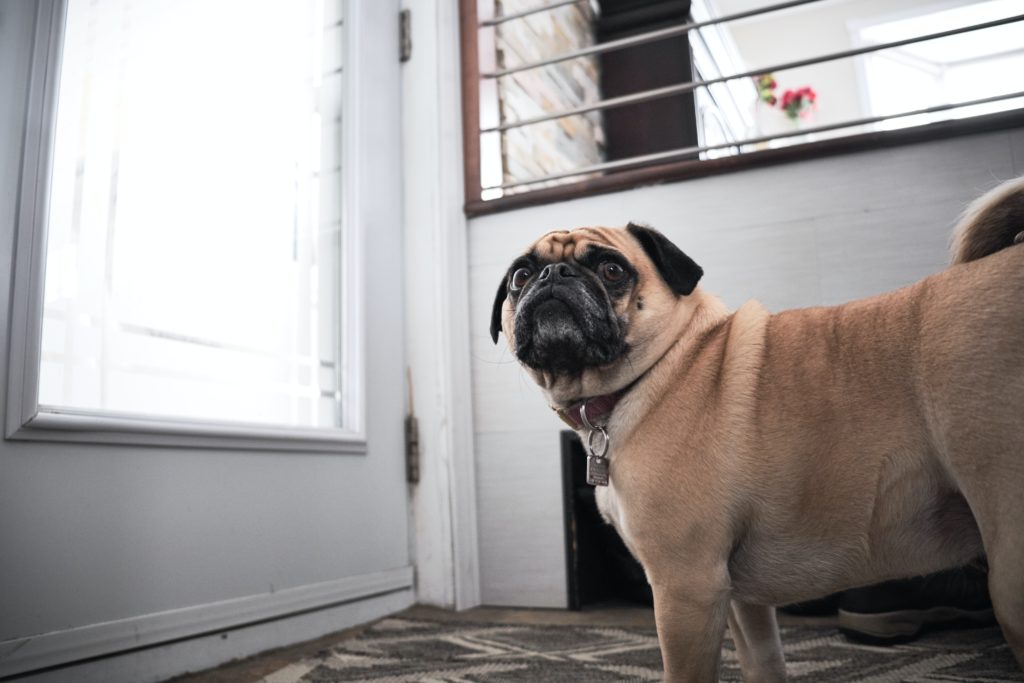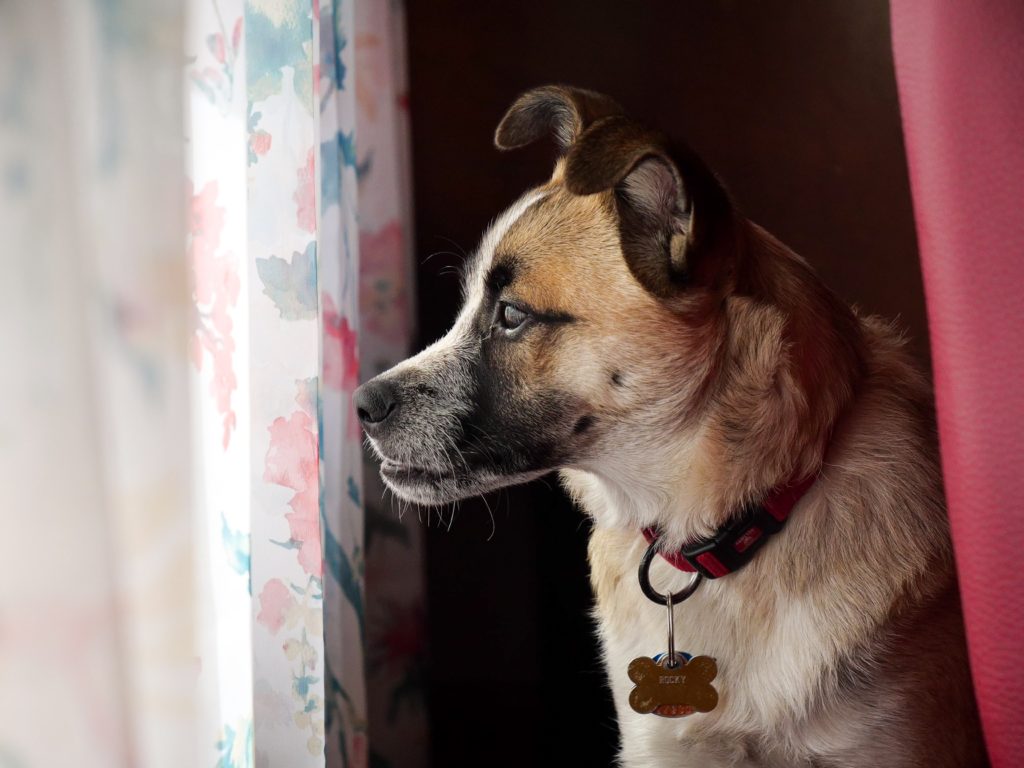
Whenever Adam Lopuch would leave his house — to pick up food, to drive the baby to daycare or even just to mow the lawn — his Labrador retriever, Bella, would go nuts. She’d bark like crazy. She’d jump on the windowsill, sometimes scratching off the paint. She’d pant.
After Lopuch and his wife, Abbie, got some tips from a trainer, Bella’s separation anxiety eased a bit. Her twice-weekly trips to doggie day care have helped as well. But when Lopuch returns to the office in September following the lifting of COVID-19 restrictions, he’s worried about how Bella will react to his being gone on the days she’s not at day care.
“I’ve had a lot of anxiety about it,” Lopuch admits.
And he’s not alone. According to the American Pet Products Association, more than 11 million U.S. households got a new pet during the pandemic. A large number of those pets were dogs. And those pandemic pups have spent a lot of time with their humans, making them happier and more closely bonded with their owners.
But all of that attention has come with a downside. “Many of these dogs have never learned independence,” says Dr. Amy Learn, an animal behaviorist with AB Wellness Center in Richmond, Virginia. “They were never left home, so they may have become hyper attached to the humans in the household.”
Now, as pandemic restrictions ease and Americans return to work and school, those dogs will suddenly be home alone for the first time. And experts fear that sudden change could cause — or worsen — separation anxiety.
Separation anxiety in dogs isn’t just sadness when their owner is away. It’s extreme distress and panic that could lead to all sorts of health issues and problematic behaviors. Here are some of its signs:
- Excessive howling or barking
- Peeing or pooping in the house
- Chewing up furniture, shoes and other items
- Scratching windows and doors
- Pacing
- Salivating
- Attempting to escape, sometimes to the point where they harm themselves
These behaviors often begin when a dog sees its owner getting ready to leave, such as when they’re putting on their shoes or picking up their wallet. The behaviors often continue for some time after the owner leaves, until the dog tires itself out or the owner returns.

How to prevent and ease separation anxiety in dogs
Luckily, there are things you can do to help prepare your pup for daily separations and to ease their anxiety while you’re away.
- Give your dog lots of exercise and mental stimulation. Physically and mentally challenging your pup while you’re at home will increase her endorphins, making her more relaxed and less stressed when you leave.
- Begin your back-to-work routine ahead of time. Dogs thrive on routines, which give them a sense of stability and thereby reduce their anxiety. The key is to start your workday routine before you head back to the office. Wake up at the proper time, get dressed, have breakfast, etc. You could even leave the house to exercise or run an errand at the time you’d usually leave for work. Do your best to feed, walk and play with your pup around the same times you will when you’re back in the office.
- Start with shorter absences and work your way up. Begin building your dog’s independence by spending increasing lengths of time in a different room from your pet while you’re at home. Then you can start to leave the house for longer and longer time periods, starting with five minutes and gradually increasing the time.
- Keep departures and returns drama-free. If you make a big deal about leaving, it will only make your pet nervous. So keep your departures short and simple — just smile and say, “I’ll be back!” The same goes for your returns.
- Be careful with “departure cues.” Your dog may begin to feel anxious when he sees certain signs that you’re preparing to leave. So, try to do these things at times when you’re not leaving the house. If your dog starts to whine when you pick up your keys, for example, pick them up and put them down throughout the day. If he begins to pace when you put on your coat, wear it around the house for short time periods.
- Associate separations with positive things. Before you leave the house, hide little treats for your dog to find. You could also leave out a bone or some fun toys. Lopuch began to leave Bella in her crate with a peanut butter-filled Kong whenever he’d leave the house. Now she knows that when Dad leaves, it’s time for her favorite treat.
- Make your absences as comfortable as possible. Be sure your dog has easy access to her bed, her blanket, her favorite stuffed animal and her food and water. Leave the house at a comfortable temperature, and consider keeping a TV or radio on. You could also set up a camera system that will allow you to check on and talk to your pup remotely.
- Consider hiring a dog walker. Hiring someone to walk and/or play with your dog once or twice a day will mean he’s alone for shorter time periods, which could ease his anxiety a great deal.
If your dog’s separation anxiety persists or gets worse even after you’ve tried all of those steps, it’s time to visit your veterinarian to make sure there’s nothing else going on. They may recommend anti-anxiety medication or natural supplements, such as St. John’s Wort and chamomile. You could also consult a veterinary behaviorist or professional trainer.
With a lot of love, patience and consistency, you can help your dog become calmer, happier and more independent.
This story first appeared in our August 2021 issue.







